Submitted Review
Erin Coates ‘Alluvial Gold’
The Derbarl Yerrigan (Swan River) swaddles the wedge of land the Goolagatup Heathcote Gallery sits upon. The site is one of composite, agitating histories – once a permanent lookout, fishing and camping area for the Noongar Beeliar people; post-invasion, a government mental health hospital. Each year an artist is invited by the gallery to probe the site – this year, Erin Coates has turned her attention to the river.
Through a body of works, Coates unearths past and present inhabitants of the river: the native oyster – now extinct, intensively dredged for use in building mortar between the late 1920s and 1950s; the river dolphin – diseased by way of industrial pollution.
Intricate graphite drawings of dolphin bones evoke traditions of scientific illustration. Gleaming ivory structures – a scapula, petrosal, sternum – float against opaque backgrounds. Protruding from these forms are imagined growths – shoots of geometric barnacles that gesture to heavy-metal accumulation. The ribcage of a dolphin cast in bronze and porcelain hangs suspended: itself a protective structure now stripped bare, and revealed. This object – bones imperceptibly swaying, casting long shadows – is both movingly reverential and melancholic.
‘Bones imperceptibly swaying, casting long shadows’
A chain-mail sculpture of oyster shells exists as a cloth of flickering armour – languid from afar; spiky up close. The composition of the oyster shell is explored directly, at large-scale, in porcelain – gentle built-up layers tinged with mossy, lustrous tones. These works all appear as artefacts – as traces of the living, removed from both corporeality and habitat.
With the video Alluvium, Coates performs a pivot – plunging us into the murky, animated territory of the lost specimens. Filmed underwater in the river, creatures and plant-life laconically contort through cloudy brine. But these are not familiar biological forms. Real and imagined organisms strain and bulge: globes of rosy flesh; potholes of skin; lurid bundles of matter. Phosphorescent specks fizz.
Augmenting the imagery is sound that slices, shakes and rings – a collaboration between Coates, composer Stuart James and musician Louise Devenish, whereby the ceramic and metallic sculptures were played as instruments. The auralscape mirrors the thematic tension of the works – a slow, visceral destabilisation.
The shift to the uncanny and grotesque undermines the formal sensibility of the above-ground works. These are slippery, abject forms of a subaqueous realm, both adaptive and a chilling consequence. In calling attention to the impacts of settler-culture industry, Coates dexterously interrogates the careless power of humans; the slow horror of dismantling the ecosystem. At the video’s close, we bob up to the surface. The sky is a sanguine blue, but the view irrevocably changed.
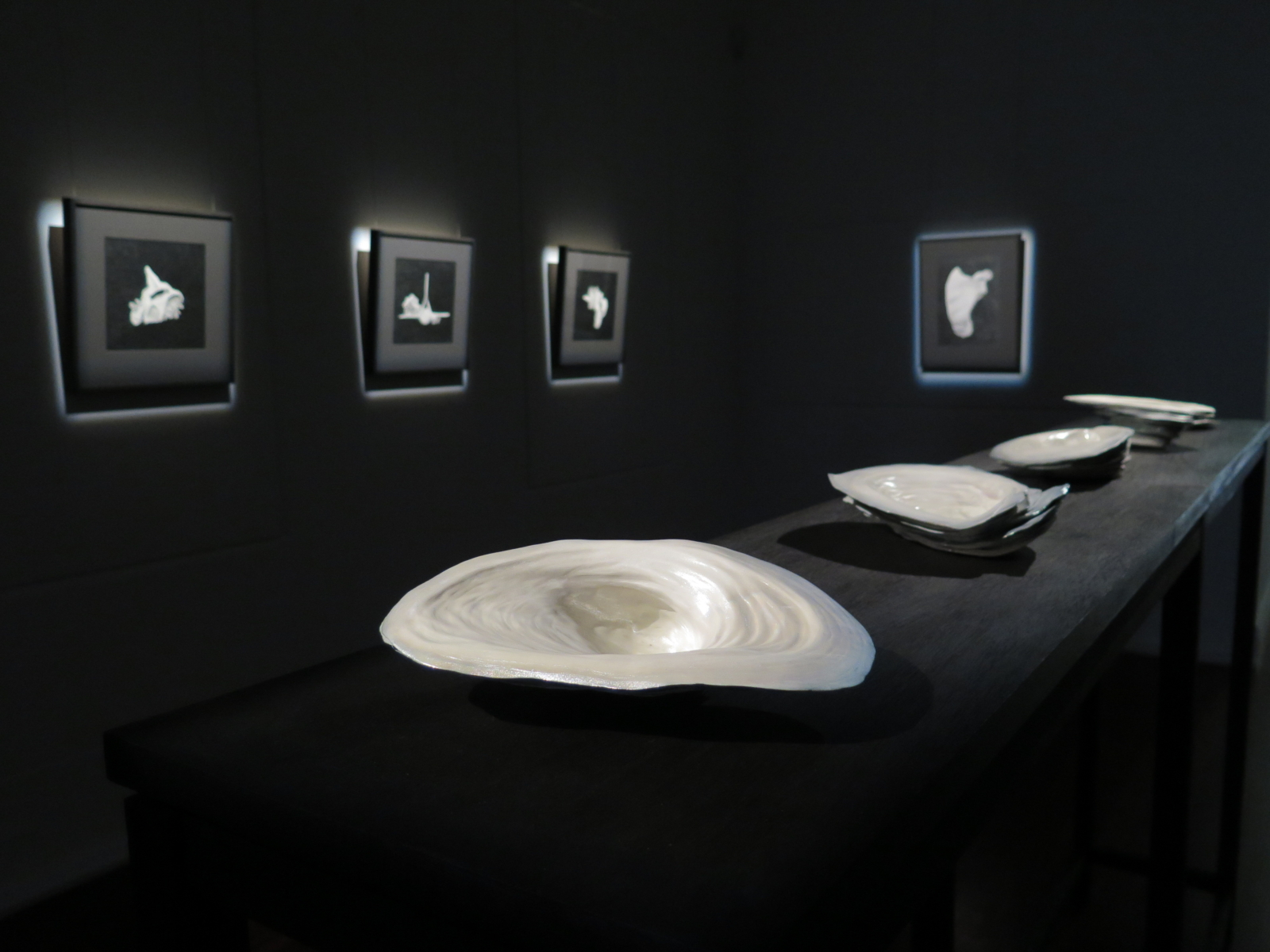
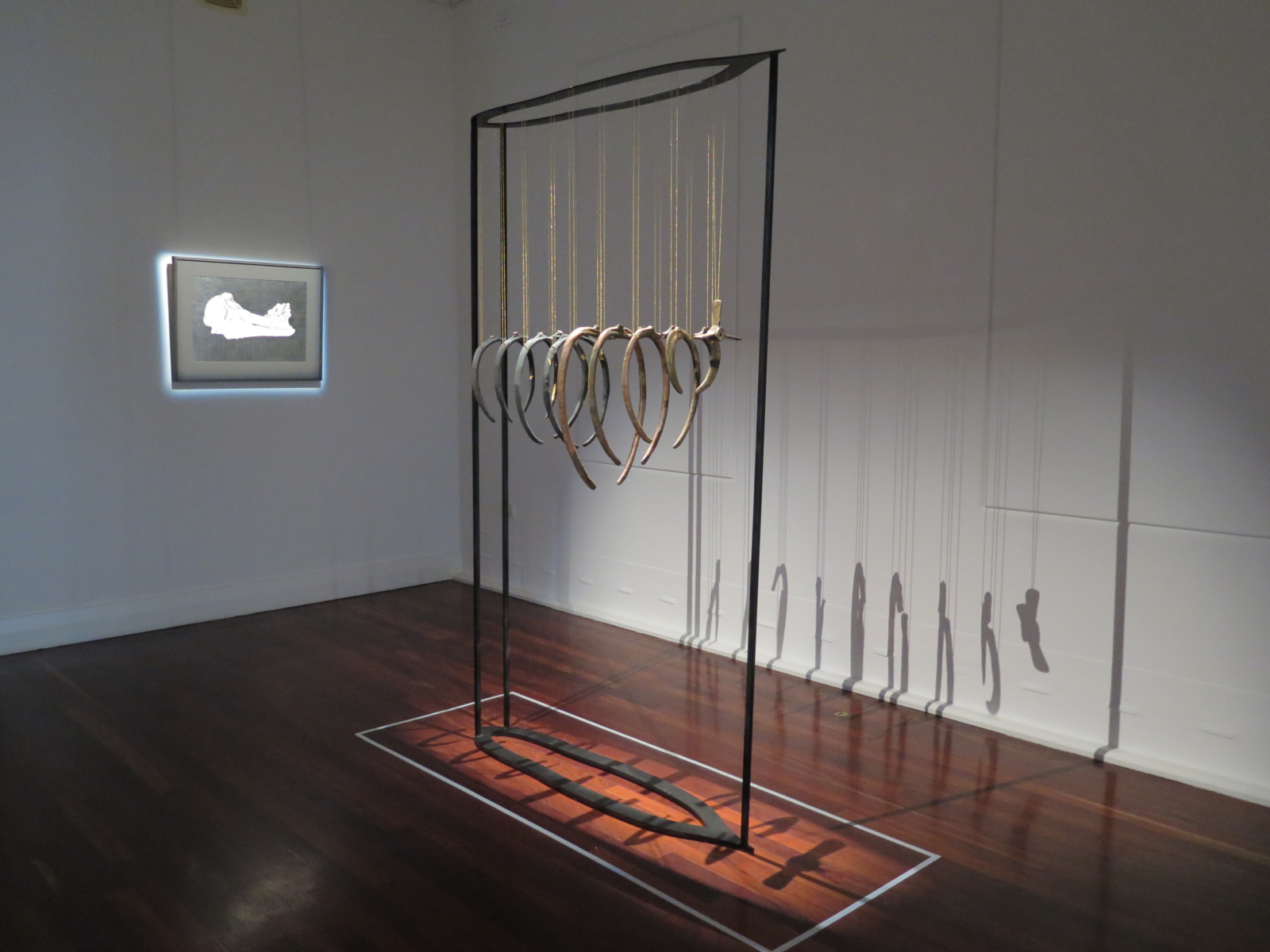
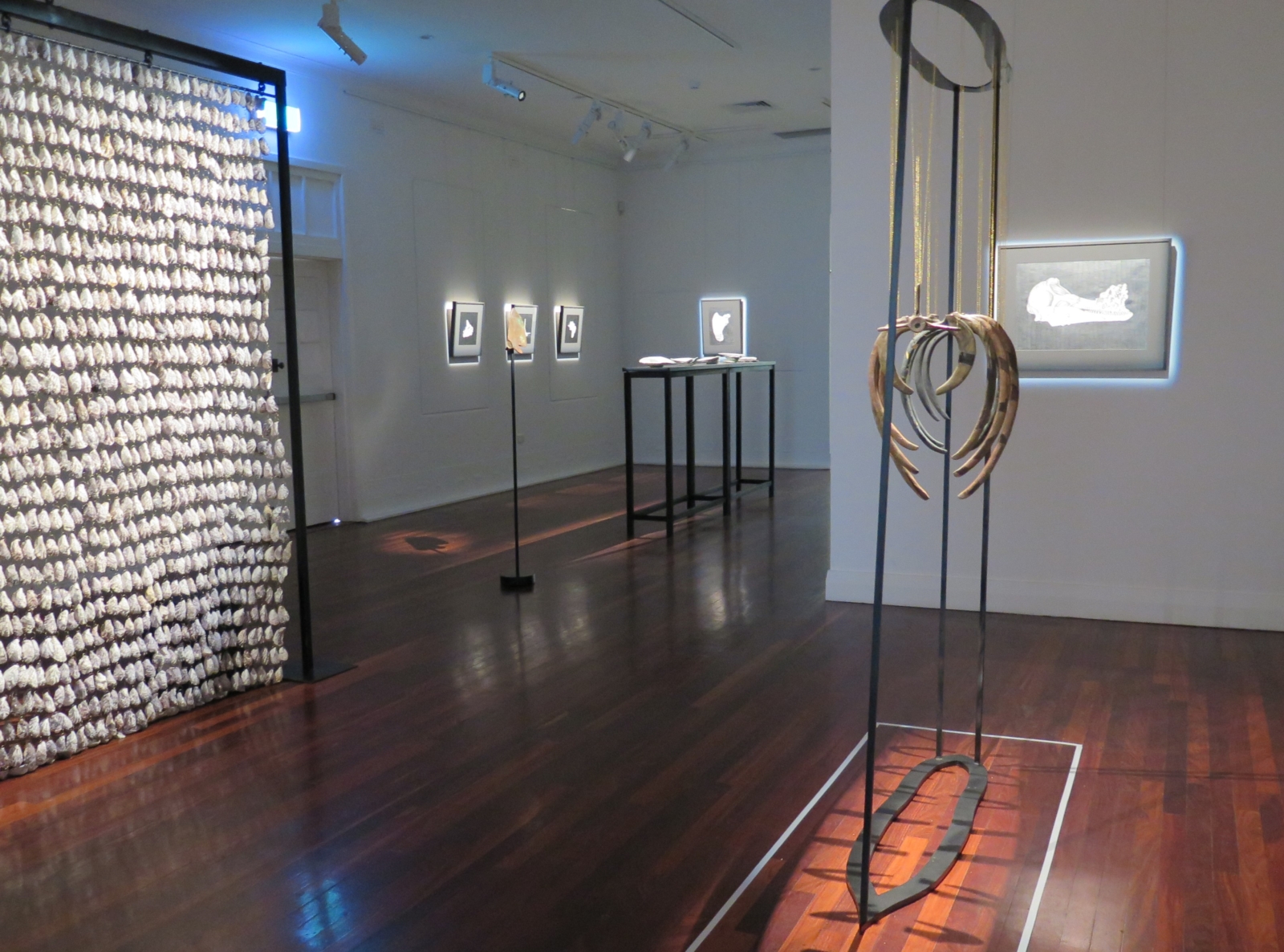
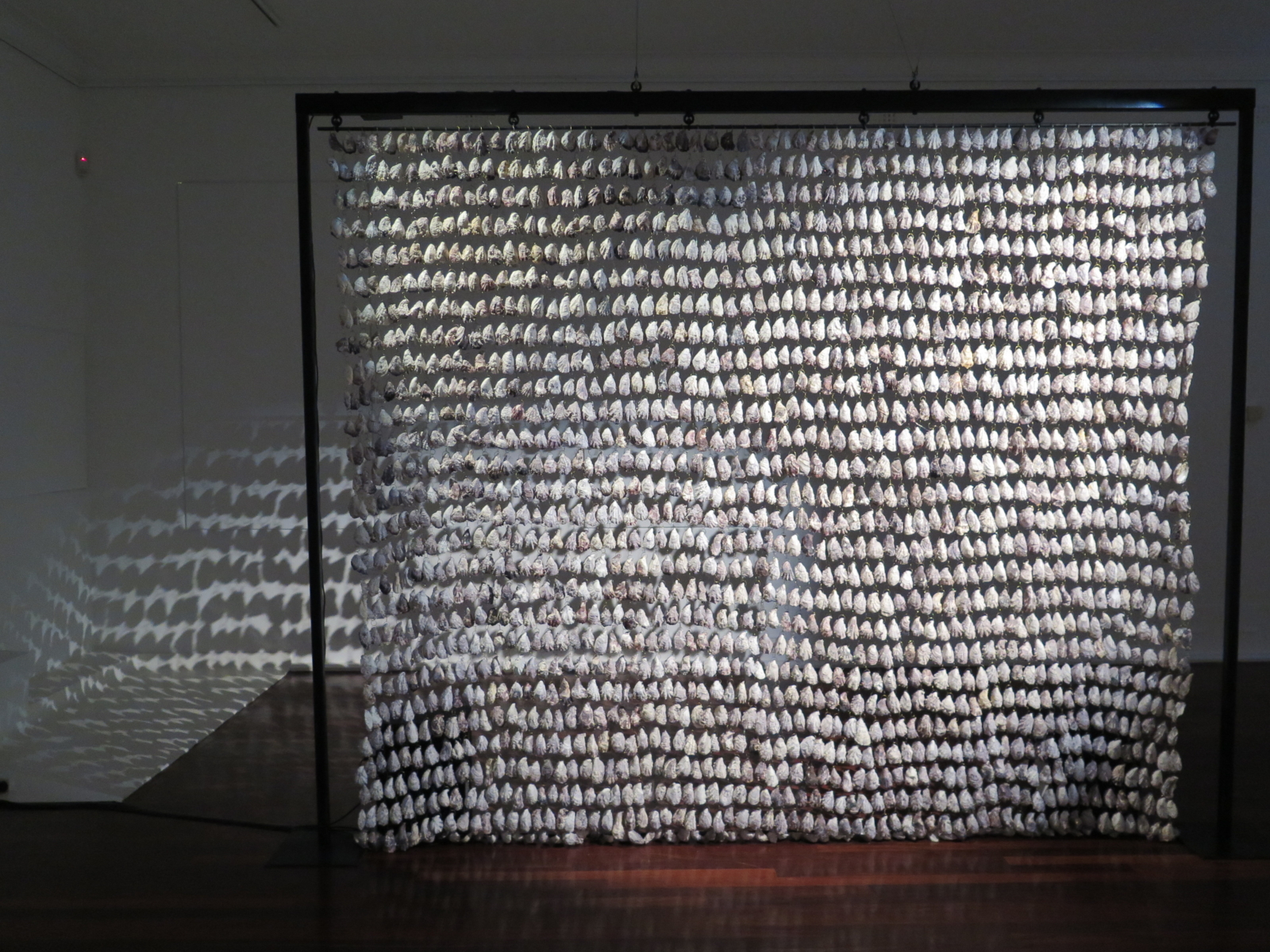
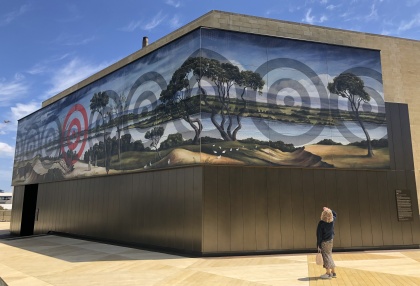
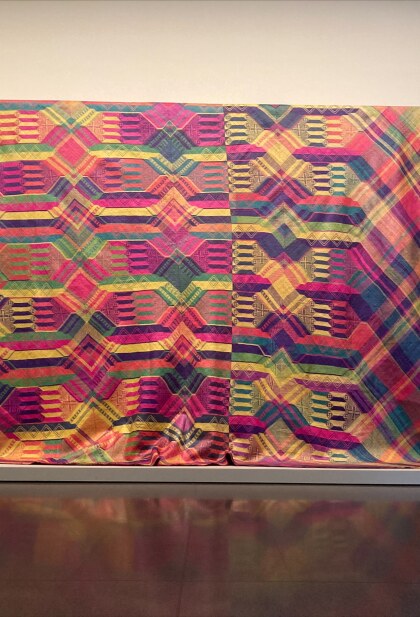
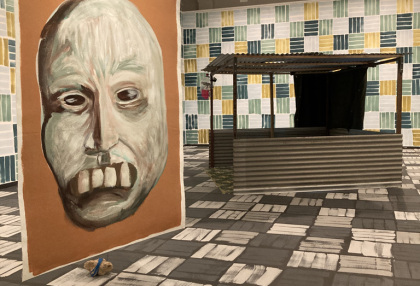
No Comments